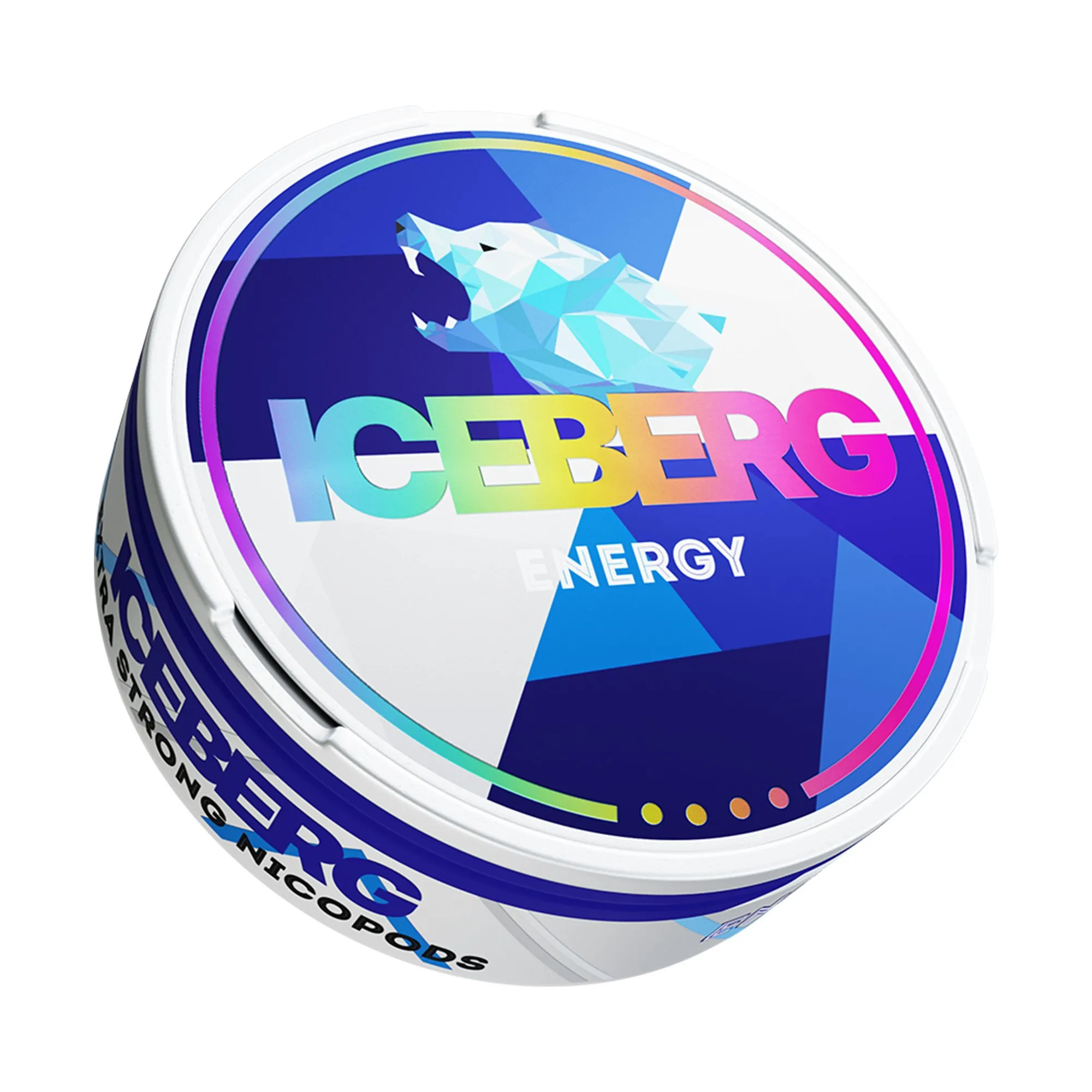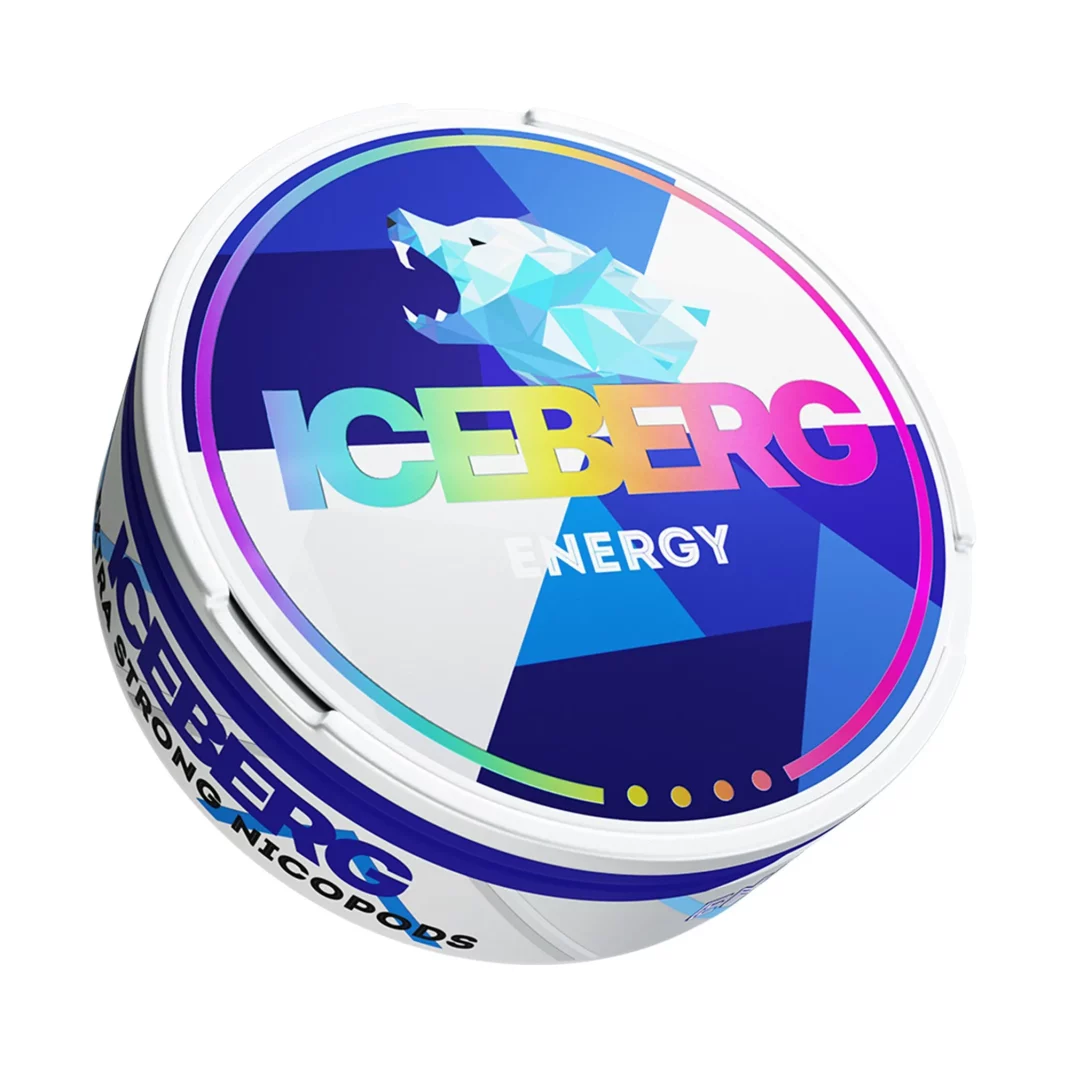 Harnessing Clean Hydrogen for Stable Electricity: APEC’s Commitment to Sustainable Energy
Harnessing Clean Hydrogen for Stable Electricity: APEC’s Commitment to Sustainable Energy
Introduction:
The Asia-Pacific Economic Cooperation (APEC) is taking significant steps to strengthen cooperation in harnessing clean and low-carbon hydrogen as a source of stable electricity in the region. With over $127 billion worth of hydrogen investments in the pipeline, Australia is positioned to play a crucial role in the sustainable energy space.
APEC Workshop on Hydrogen Integration:
During a recent workshop hosted by APEC Peru 2024, policymakers, industry leaders, and researchers came together to share their experiences, challenges, and opportunities in integrating hydrogen into their energy mix. The discussions revolved around finding innovative solutions to ensure stability in the region’s energy sector.
Future Plans and Roadmaps:
Member economies also discussed their future plans and roadmaps for successfully integrating hydrogen as an alternative source of sustainable energy. This concerted effort aims to address the short-term difficulties presented by the energy and climate crisis while promoting a more sustainable, resilient, and inclusive development.
Australia’s Support for Hydrogen Production:
Australia has shown its commitment to clean hydrogen production through various initiatives. The Albanese government, for instance, announced a $15 million investment from the Clean Energy Finance Corporation (CEFC) to support Hysata, a leading renewable energy company, in expanding the production of high-efficiency hydrogen electrolysers. Minister for Climate Change and Energy, Chris Bowen, emphasized the importance of manufacturing electrolysers in Australia to strengthen supply chains and capture more of the global renewable energy technology chain.
Global Production of Hydrogen:
According to the International Renewable Energy Agency (IRENA), the global production of hydrogen currently stands at approximately 75 million tonnes per year (MtH2/yr) as pure hydrogen and an additional 45 MtH2/yr as part of a gas mixture. This hydrogen is primarily used for steel production and heat generation. However, despite increased attention on clean and low-carbon hydrogen, its future viability as a clean energy source remains uncertain.
Challenges in Transitioning to Sustainable Energy:
While APEC’s commitment to advancing hydrogen technologies is commendable, challenges still exist in transitioning towards a more secure, affordable, reliable, and sustainable energy source. Rómulo Mucho, Peru’s Minister of Energy and Mines, highlighted the need for continued efforts to overcome these challenges during the APEC Peru Summit.
APEC’s Leadership in Promoting Sustainable Economic Growth:
APEC’s dedication to advancing hydrogen technologies reflects the region’s leadership in promoting innovative solutions to global challenges and driving sustainable economic growth. Ariadne BenAissa, lead shepherd for APEC Energy Working Group, emphasized the organization’s commitment to finding environmentally friendly solutions that will benefit the entire region.
Conclusion:
APEC’s focus on harnessing clean and low-carbon hydrogen as a source of stable electricity is a significant step towards a more sustainable energy future. With ongoing investments and collaborations, member economies are working together to overcome challenges and ensure the successful integration of hydrogen into their energy mixes. By prioritizing sustainable solutions, APEC is leading the way in driving economic growth while addressing global energy and climate crises.


